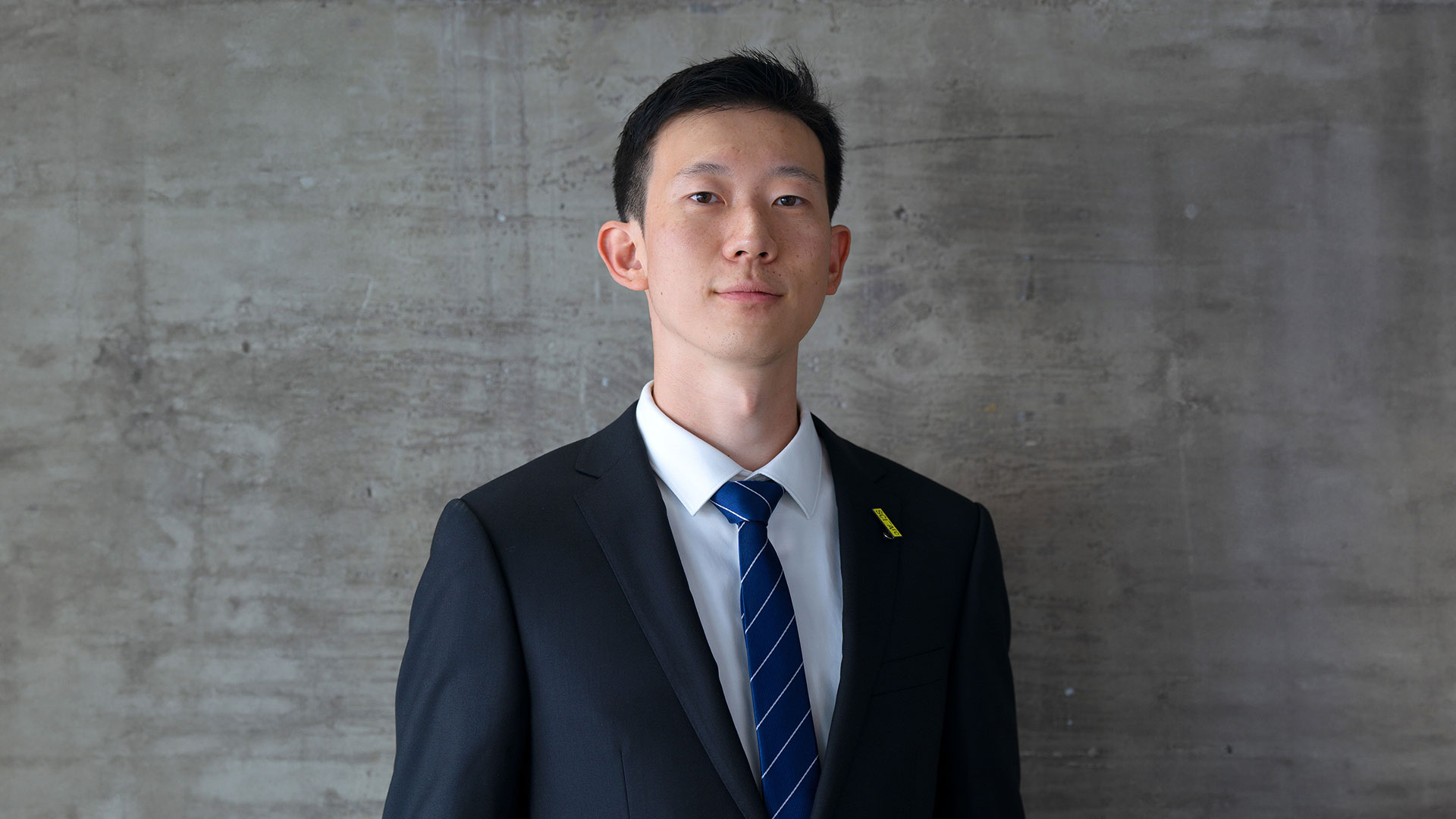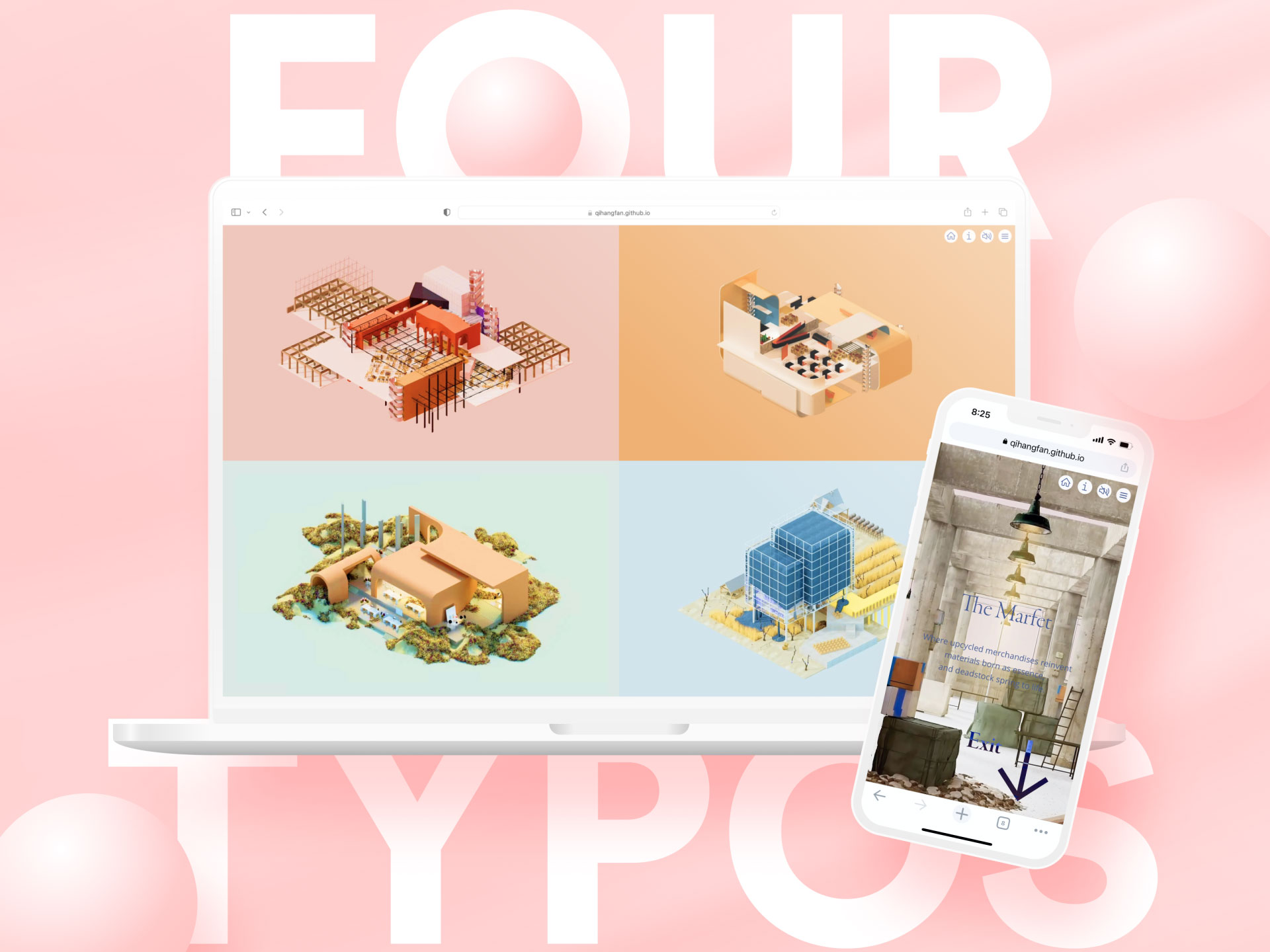Interview with Qihang Fan | An Award-Winning Designer & Independent Developer
Qihang Fan
Qihang Fan is an award-winning designer and independent developer. He is dedicated to crafting experiences that embody inclusiveness, enjoyment, and innovation. Qihang seamlessly blends cutting-edge technology into everyday life, aiming to reach the next million users. Currently, he is leading efforts to use augmented reality to revolutionize surgical procedures.
To me, innovation means creating solutions that push the boundaries of what’s possible and improve people's lives. It’s about thinking beyond traditional methods and finding new, more effective ways to solve problems. Innovation involves a blend of creativity and practicality, where imaginative ideas are turned into tangible, impactful products or experiences.
It's not just about new technology; it's about how that technology can be applied to meet real-world needs in meaningful and accessible ways. Ultimately, innovation is about making a positive difference and driving progress by continually challenging the status quo.
My work is driven by the problems I uncover through research. For example, traditional 2D diagrams and renderings often fail to capture the full richness of fashion concepts and architectural experiences. To address this, I developed a product that provides a seamless 3D immersive experience accessible via a web browser through simple interactions.
This product allows users to explore spatially, from appreciating intricate details at a macro level to engaging with nuanced interactions and dynamic textures at a micro level. It immerses users in a nonlinear upcycling handicraft workflow tailored to each architectural miniature spatial concept, making architectural designs and fashion concepts more tangible, interactive, and accessible to a broader audience.
My motivation comes from the desire to bridge the communication gap of complex design concepts, ensuring that these designs are not only understood but also appreciated in their full depth and detail by everyone.
As an independent developer, one of the primary challenges I faced was the steep learning curve involved in mastering multiple skills across different aspects of production. Each project demands a diverse set of capabilities—from conceptualization and design to coding and user testing. To overcome this, I consulted with professionals and focused on learning the specific skills I needed.
For architecture design and 3D digital media production, I use Rhino, Cinema 4D, and Redshift. For media post-production, I rely on Adobe Photoshop and After Effects. Figma is my go-to tool for user experience and responsive web design. For front-end development, I work with HTML, CSS, and JavaScript. I use Visual Studio Code for local hosting of mobile-end development and GitHub Pages for open-source public hosting. This approach has allowed me to manage and integrate various aspects of production efficiently, ensuring that each project meets its goals.
Staying motivated and focused during the innovation process requires a deep conviction about creativity—it needs both passionate and persistent practice. While nurturing my passion for design is essential, as it drives me to overcome challenges and setbacks, I recognize that creativity isn't just about bursts of inspiration; it's a discipline that demands continuous, dedicated effort.
My enthusiasm for creating and innovating fuels my creativity, but it's also a commitment that I nurture every day. This persistent practice shapes every project I undertake. I constantly remind myself why I started designing in the first place and let that original spark guide and influence my journey. This blend of passion and persistence not only deepens my creative capabilities but also aims to inspire and impact those around me, making each design resonate more meaningfully.
I hope my innovation will highlight the importance of inclusive design and its potential to improve lives. It's not just about gaining recognition for the hard work and dedication I've put into my product; it's about emphasizing the need to create products that are accessible and enjoyable for everyone, regardless of their abilities.
This recognition inspires me to keep pushing the boundaries of innovation and to make design choices that promote a more inclusive environment. My goal is to ensure that my work helps create a world where everyone can benefit from and enjoy the advancements in technology.
Successful innovation in inclusive design relies on several key qualities. Empathy is crucial for understanding the diverse needs of all users, ensuring accessibility and inclusivity. Creativity drives unique solutions that go beyond traditional approaches. Adaptability allows for responsiveness to feedback and evolving user needs.
Collaboration brings together diverse perspectives and expertise, enriching the design process. Finally, a commitment to continuous improvement ensures that solutions remain effective and relevant. These qualities ensure that innovations are not only groundbreaking but also accessible and beneficial to everyone.
Winning Entry
Four Typologies | TITAN Innovation Awards
Four Typologies is a responsive interactive media website that introduces new decentralized and localized Garden Fashion Factory Typologies evoking humanity and resisting industrial mechanization trends... (read more here.)
Qihang Fan
Qihang Fan is an award-winning designer and independent developer. He is dedicated to crafting experiences that embody inclusiveness, enjoyment, and innovation. Qihang seamlessly blends cutting-edge technology into everyday life, aiming to reach the next million users. Currently, he is leading efforts to use augmented reality to revolutionize surgical procedures.
Read more about the interview with Aditi Godbole | A Passionate Data Science Professional with SAP SE, Germany here.




